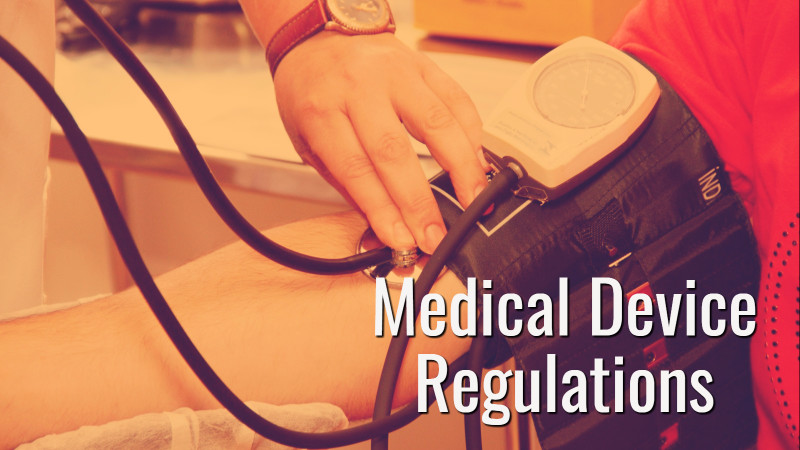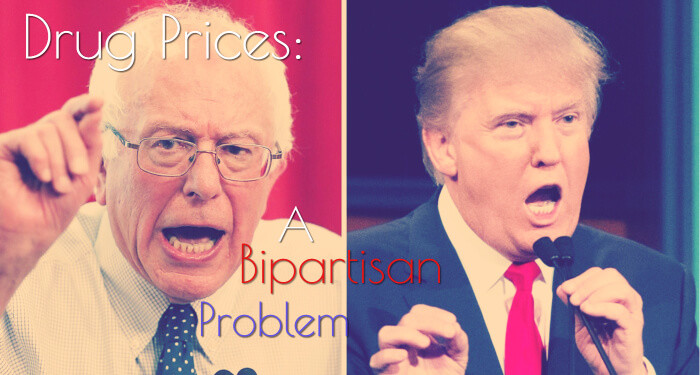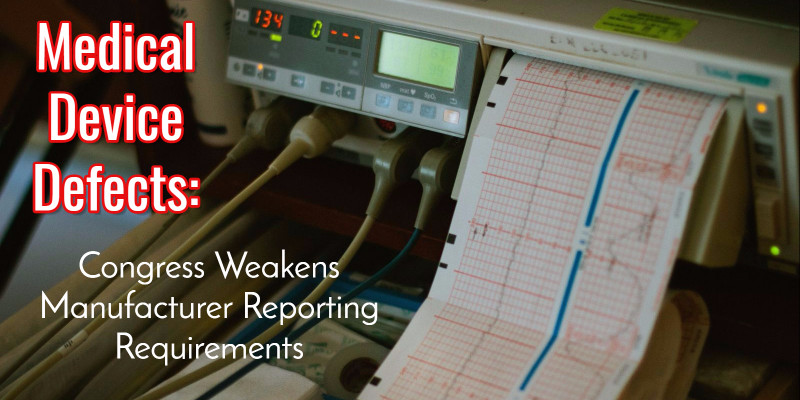
An Ocean Away, Medical Device Regulations Save Lives
Add the term “regulation” to almost any topic and the conversation is likely to become heated. When it comes to medical device regulations, however, the life and death nature of the discussion raises the stakes.
Unfortunately, regulatory action in the United States usually places a distant second, at best. Pharmaceutical sector profit margins are the clear winner in most cases, with medical devices being no exception.
Much of the safety guidance that comes with this equipment arrives after the fact. As devices like the Bair Hugger and LivaNova Heater-Cooler demonstrate, it’s often patients and medical professionals who are forced to drive regulatory change, rather than the manufacturers themselves.
The irony is that stricter medical device regulations improve patient outcomes, according to Infiniti Research.
Unsurprisingly, this analysis comes from Europe, where lawmakers tend to lean towards the wellbeing of consumers rather than companies. To put it another way, patients come first. Initiatives include:
- Unscheduled inspections of manufacturer facilities,
- Clinical evidence of safety requirements for a specific device,
- “Implant cards” that help healthcare providers to keep track of implanted devices,
- Broader coverage of medical aids and “aesthetic products,” such as colored contact lenses and body enhancements.
The new rules, which are collected under the cumbersome name of the “EU Medical Devices Regulation and In-Vitro Medical Devices Regulation,” have been in the pipeline since 2012. The transition will continue through 2020, leaving device manufacturers more time to make sure they get things right.
Patients in the European Union are expected to see improved surgical and health results based on this tighter regulatory structure. Furthermore, device manufacturers and consumers alike are more willing to accept and assist with the roll out of new regulations, as the atmosphere between authorities and the pharmaceutical is generally more collaborative.
This is not the case in the US market.
Regulatory bodies in the United States are typically far less powerful than those in the European Union. Their remit is narrower and their influence is often limited to providing safety alerts and guidelines, rather than definitive action that manufacturers must comply with. The FDA is an important part of the nation’s medical safety, but its ability to do all it can to safeguard American lives is far from comprehensive.
Even more concerning are the areas in which the FDA has little or no oversight at all, such as servicing medical devices.
While original manufacturers must answer to the FDA for their own service work, third party servicing has no such restrictions. That means almost anyone can claim to be a medical device technician and the responsibility to verify their credentials falls solely on the hiring party. If that person is an overworked care professional or inexperienced administrator, how thoroughly can we expect their checks to be?
This is both a regulatory gap and an invitation to cut corners with patient safety, rolled into one dangerous whole.
When an imaging device fails because it was serviced by an unqualified technician, urgent procedures could be delayed and care will be compromised. The same applies to a CT scanner that malfunctions due to a technical oversight, or if an X-Ray machine isn’t properly calibrated, resulting in a poor image and the potential for misdiagnosis.
The United States undoubtedly has some of the most advanced healthcare equipment in the world. Combined with outstanding education and care professionals, there are few places that anyone would rather be treated. However, without comprehensive medical device regulations in place, manufacturers and lawmakers alike are gambling with the health of millions of patients every year.



